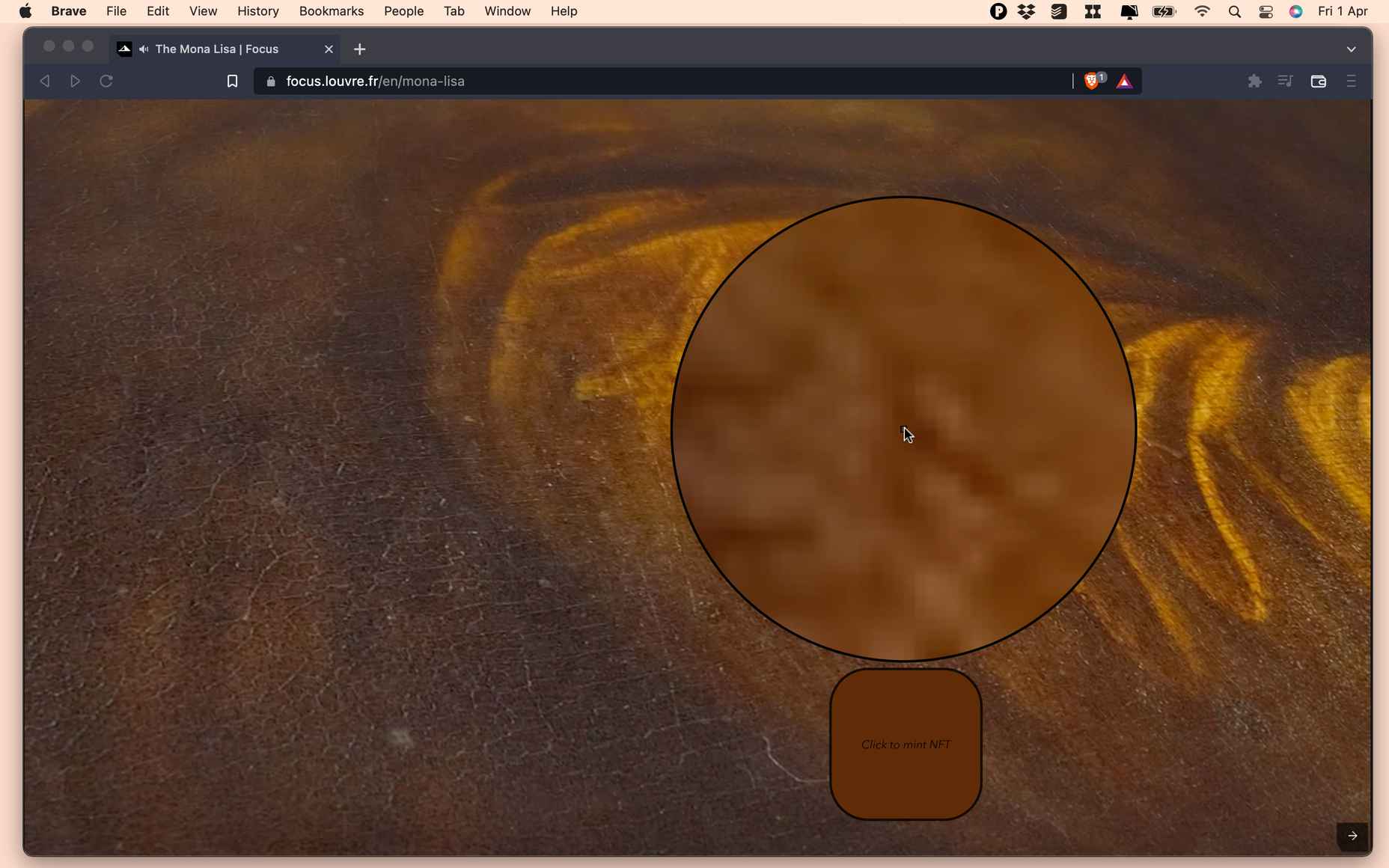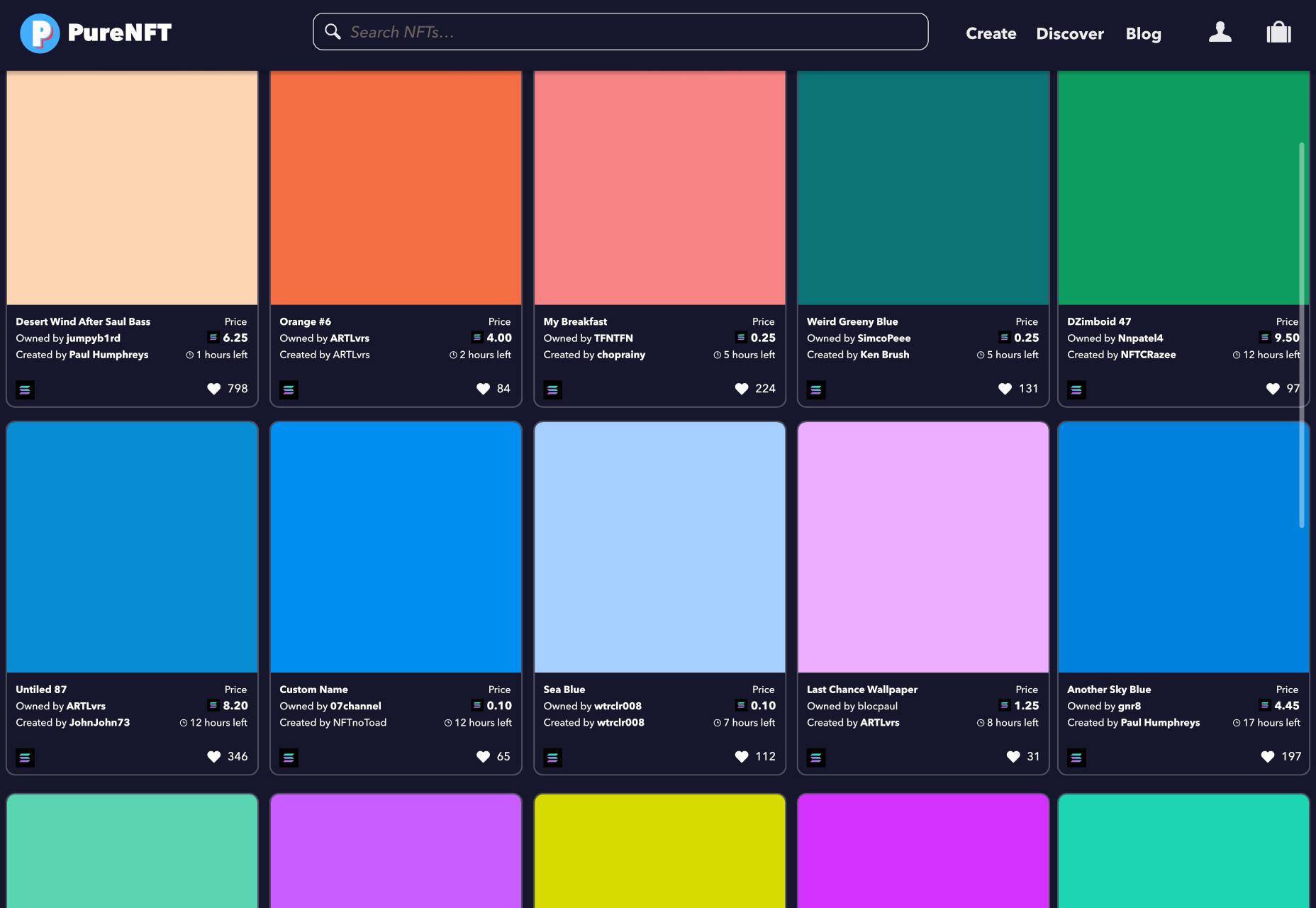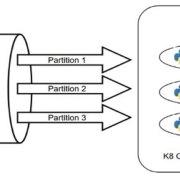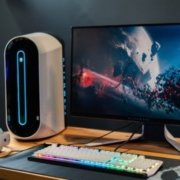Le cœur du système d’information d’Atos, comprenant 42 systèmes et 500 interfaces, a été basculé vers le cloud Microsoft Azure, au travers de l’offre RISE with SAP. Un projet mené en seulement 9 mois par les équipes d’Atos.
Atos est un des leaders mondiaux des entreprises de services du numérique, avec une présence dans 71 pays et un effectif de 105.000 collaborateurs, pour un chiffre d’affaires annuel de près de 11 milliards d’euros. Atos est un acteur engagé : partenaire des Jeux olympiques et paralympiques depuis 2001, le groupe met également en œuvre une stratégie net-zéro visant à la fois à atteindre la neutralité carbone en interne, mais aussi à proposer des services et produits décarbonés à ses clients.
Jusqu’alors, Atos hébergeait son système d’information dans ses propres datacenters, dont l’ERP Nessie. Une offre basée sur des solutions SAP, ayant basculé en 2020 vers l’ERP Intelligent SAP S/4HANA. Fin 2020, l’entreprise a décidé de migrer Nessie vers le cloud.
« Plusieurs raisons ont mené à ce choix, explique Frédéric Aubrière, DSI groupe d’Atos. Chaque changement opéré sur un SI on-premise se traduit par des dépenses d’investissement (CAPEX), qu’il faut valider auprès de la direction financière. Avec le cloud, la discussion peut se recentrer sur les seules dépenses d’exploitation (OPEX), ce qui participe à lever certains verrous. En déléguant la gestion des infrastructures à un hyperscaleur, nous libérons également des ressources IT internes, qui peuvent se concentrer sur leur cœur de métier. Enfin, la crise sanitaire a démontré que la flexibilité apportée par le cloud était un atout pour les entreprises. »
Un des arguments mis en avant par Atos est que le cloud est devenu suffisamment mature pour supporter des workloads critiques. « Pendant longtemps, le cloud a été réservé à des systèmes connexes, l’ERP restant hébergé sur site. Aujourd’hui, le cœur du SI n’est plus un terrain interdit au cloud. J’estime qu’il peut et doit basculer vers le cloud. » En migrant le cœur de son système d’information vers le cloud, Atos entend lancer un message fort en direction des entreprises qui hésiteraient encore à adopter ce modèle de déploiement. Le projet est donc particulièrement stratégique pour le groupe. « Ce que nous avons réalisé avec notre SI, nous pouvons le faire pour celui de nos clients », confirme Frédéric Aubrière.
Un projet mené à bien en seulement 9 mois
Atos a mis en œuvre tout son savoir-faire – et la force de frappe de ses nombreux experts – pour réaliser cette migration en un temps record. Le choix s’est porté sur l’offre RISE with SAP, avec un déploiement effectué sur les infrastructures Microsoft Azure de Francfort. Un choix stratégique là encore, les serveurs utilisés dans ce datacenter Microsoft étant des Bull Sequana S. Du matériel conçu par Bull, filiale d’Atos, et certifié SAP, avec des instances pouvant atteindre les 12 To en scale up (et plus d’une centaine de téraoctets en scale out).
Le projet a démarré fin 2020. Dès avril 2021, le système de test basculait en live, suivi par les instances de développement et de qualité. L’instance de production est entrée en fonction le 13 septembre 2021, soit environ 9 mois après le début du projet. Un tour de force de la part d’Atos. Si l’ERP a été migré sans modifications majeures, le périmètre du projet reste en effet particulièrement important. « Nous avons migré notre ERP vers le cloud, mais aussi l’ensemble des systèmes connexes gravitant autour de lui », explique Frédéric Aubrière. Au total, 42 systèmes ont été migrés et 500 interfaces. 5000 tests ont été effectués afin de couvrir un large spectre de cas d’utilisation.
« Hormis quelques ajustements dans les paramètres de connexion, la bascule a été transparente pour les utilisateurs. Le portail MyAtos est toujours accessible de la même façon et permet toujours d’accéder aux mêmes services. Notre SI est par ailleurs toujours aussi stable et performant. » Les performances des infrastructures correspondent jusqu’à maintenant au cahier des charges d’Atos, avec un SLA de 99,7% et un RPO très proche de zéro (30 minutes). « Nous allons exécuter un dry run du DRP dans les prochains mois, afin de mesurer le délai de reprise d’activité de notre SI », confie le DSI d’Atos.
SAP BTP et décarbonisation en ligne de mire
Avec son contrat unique, l’offre RISE with SAP est un facteur de simplification lors du passage au cloud. « Avoir un unique contrat, signé en direct avec SAP, nous permet de nous affranchir de la complexité de la tarification des hyperscaleurs, confirme Frédéric Aubrière. C’est une forme de contrat plus confortable pour les clients et apportant une meilleure prédictibilité sur les coûts. RISE with SAP nous permet également de conserver notre code et nos applications. Il permet de basculer vers le cloud de façon non violente, en respectant les processus et spécificités du groupe. »
Une fois le SI stabilisé et les processus calés entre SAP et Atos, l’entreprise compte travailler sur la prochaine génération de son ERP. Au menu, un nettoyage du code spécifique et son adaptation à la SAP Business Technology Platform (SAP BTP). En parallèle, une connexion avec certains services Microsoft Azure sera mise en place. Autre tâche confiée à la DSI d’Atos, la décarbonation du fonctionnement de sa nouvelle plate-forme cloud. L’élasticité propre aux infrastructures cloud devrait permettre au groupe d’ajuster les ressources au plus près des besoins. L’objectif d’Atos est d’atteindre la neutralité carbone d’ici 2028.
The post Atos bascule son ERP SAP S/4HANA vers le Cloud avec l’offre RISE with SAP appeared first on SAP France News.
Source de l’article sur sap.com




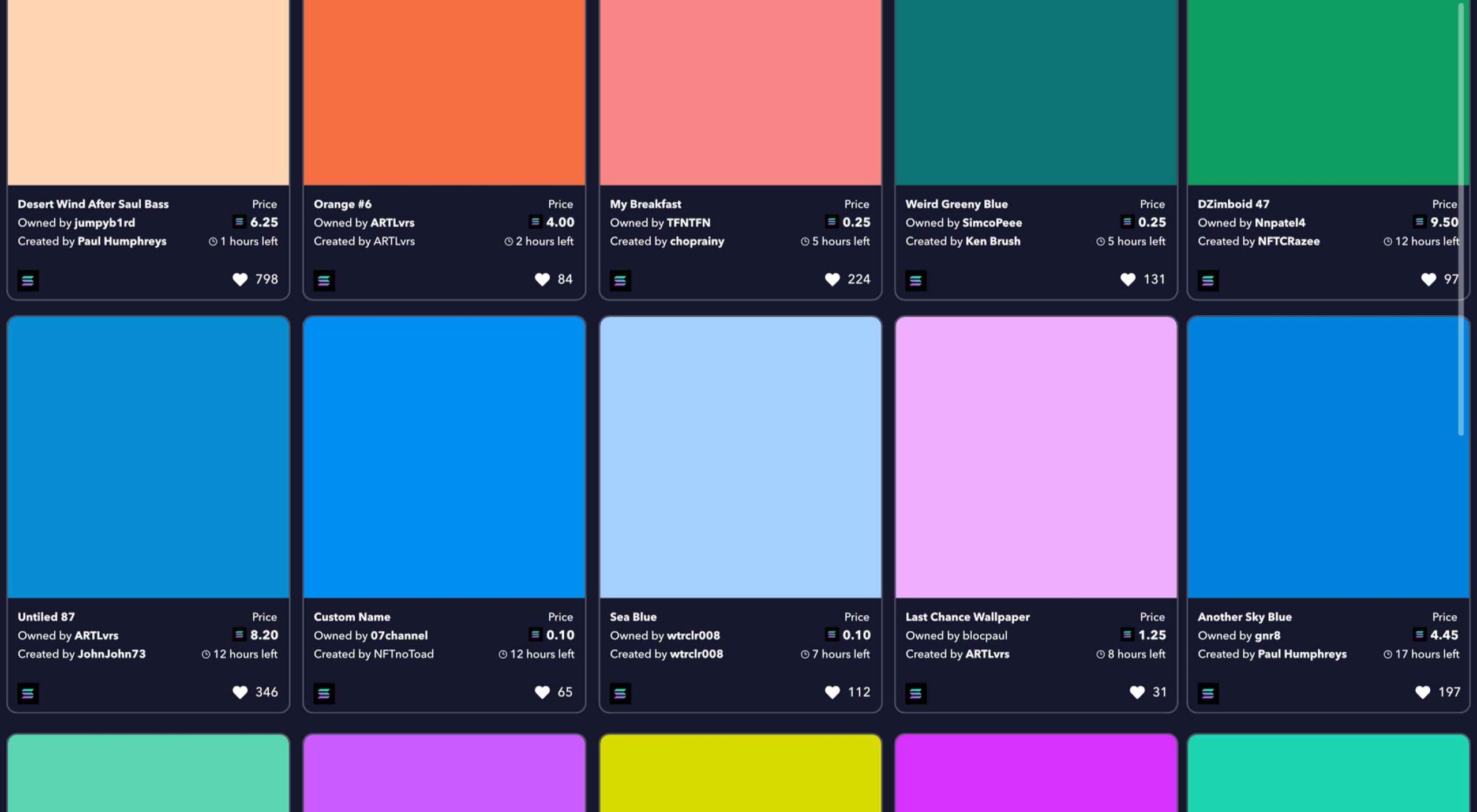 Combining minimalist aesthetics with the ongoing trend for digital art,
Combining minimalist aesthetics with the ongoing trend for digital art, 